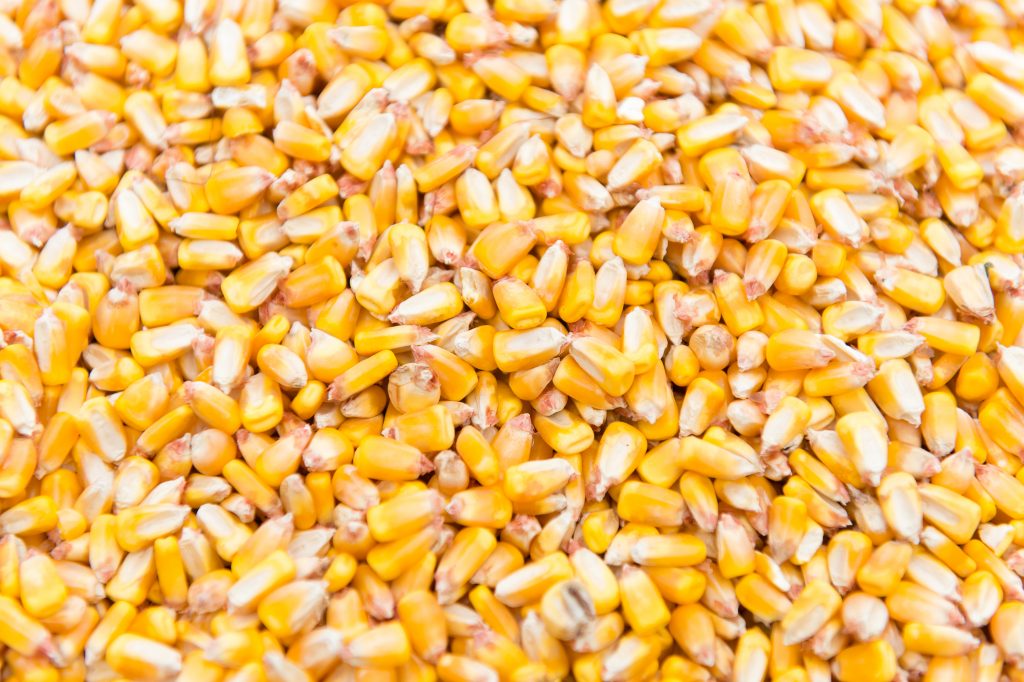Audio: Grain, Ethanol Market Development Work To Surge With USDA ATP Funds
New funding to the U.S. Grains Council (USGC) from the Agricultural Trade Promotion (ATP) Program – part of a larger “trade aid” package offered by the U.S. Department of Agriculture in the wake of new tariffs and global market uncertainty – will expand the organization’s global footprint and dramatically increase the promotion effort it undertakes for feed grains products, especially ethanol.
The Council was awarded just under $14 million from the one-time program, which granted a total of $200 million for organizations working in overseas market development for U.S. agriculture and food products.
Much of the funding will be used to dramatically expand the Council’s ethanol programs, which it coordinates with corn and sorghum checkoff organizations, Growth Energy and the Renewable Fuels Association, as well as USDA. Funds will also be used to stimulate new demand in existing and untapped grains markets and explore new approaches to value-added products that hold demand promise.
“What I’m most excited about is separate programs for both East and West Africa, looking at the feed industry there in addition to other places like Southern Mexico…and even places like South Asia, India, Pakistan, Myanmar, places like that where we have infant programs and we can put this money to work expanding them,” Sleight said in an interview this week with the NAFB News Service.
“[ATP] has allowed our global staff to unleash their creativity around the world. We’ve always asked them to think expansively, and now we have an infusion of new resources…this is going to allow them to expand their efforts and broaden the depth of what they are getting into around the world.”
The ATP funds received by the Council will build upon a record of successful market development and marketing programs operated with support from Council members – corn, sorghum, barley and ethanol producers as well as agribusinesses – and USDA through the Market Access Program (MAP) and Foreign Market Development (FMD) program.
“All these programs work together to leverage producers’ investments, their own checkoff investments, to leverage their presence around the world, which we think is going to be a big driver of demand for years to come,” Sleight said in the interview.
The ideas the Council submitted for surge activities under ATP were generated by the Council’s global staff and membership based on their deep understanding of the more than 50 markets in which the organization runs programs. Like all programs operated by the Council, each effort has been designed to address a particular constraint in a particular market with the cultural, economic and political contexts of that market in mind.
While efforts funded by MAP and FMD are often addressing constraints to demand over the long-term, ATP-funded programs will aim to show success as soon as possible, within the next few marketing years.
“The sectors are saying we want to see some new demand drivers coming into the marketplace, and that’s exactly what these programs are intending to create, new drivers of demand, areas that are going to put a spark into the international global demand formula that will generate additional sales, price support and expanded returns for growers,” Sleight said. “That’s what it’s all about.”
Hear the full NAFB interview here.

